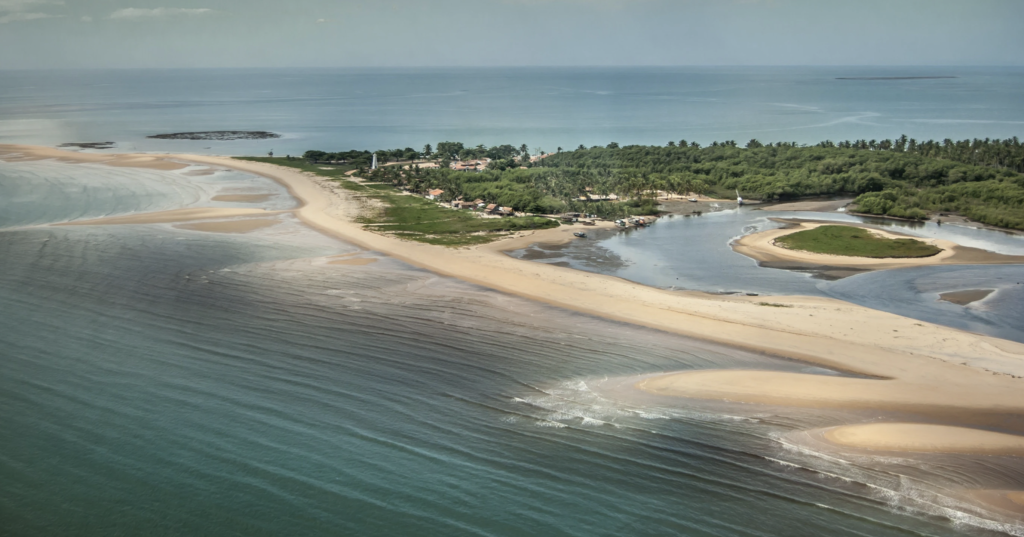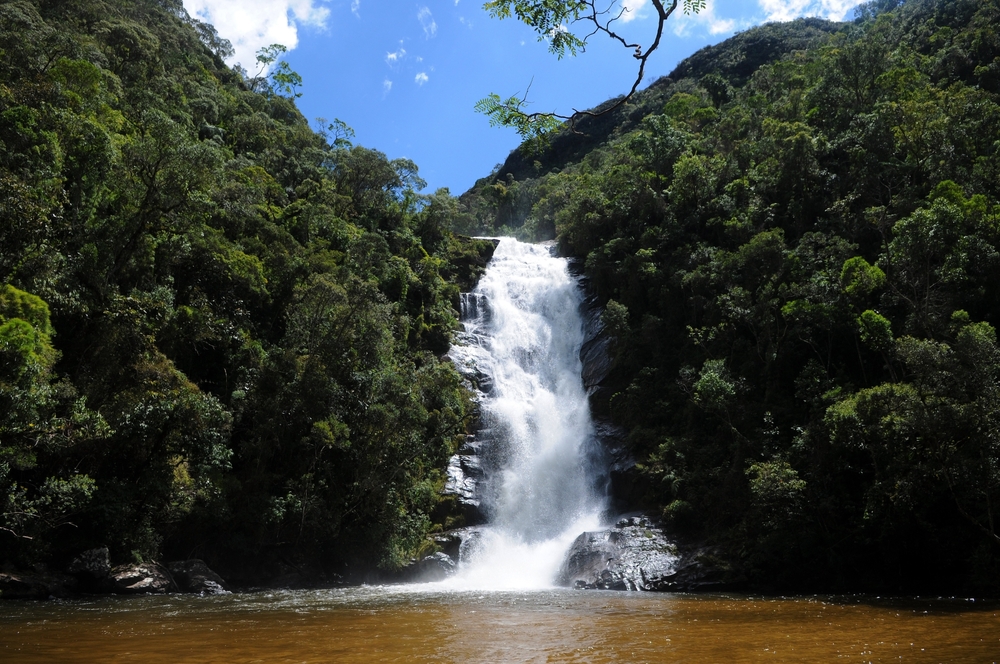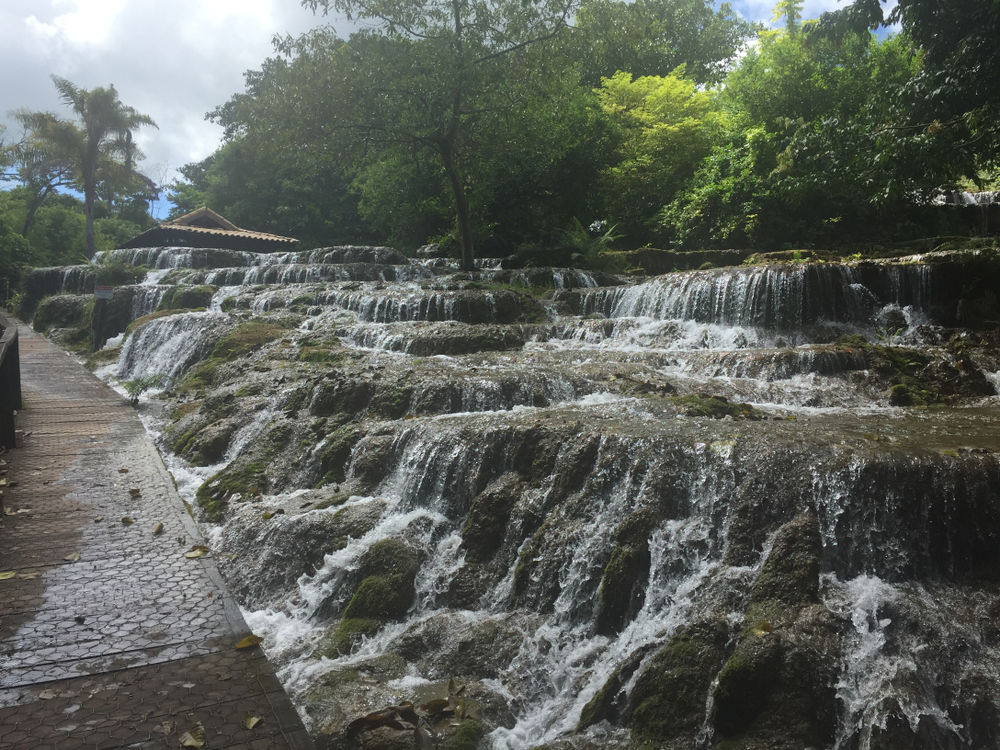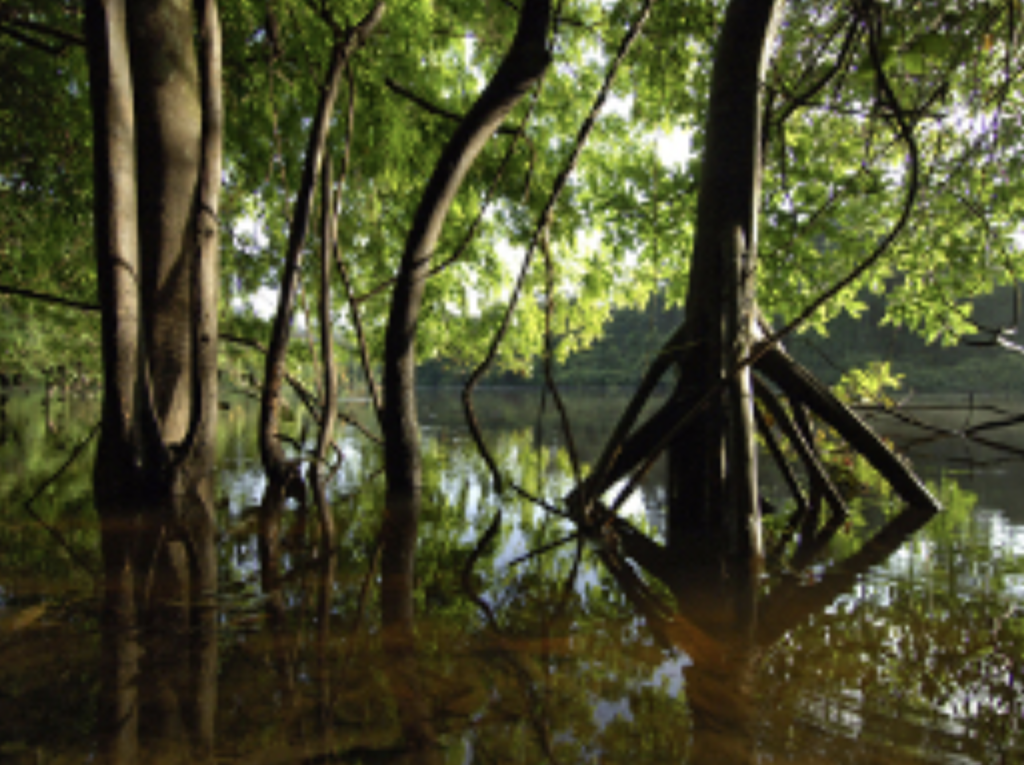Serra da Capivara Overview
Serra da Capivara National Park, known as Parque Nacional Serra da Capivara in Portuguese, is located in the northeastern region of Brazil, within the state of Piauí. Spanning approximately 529 square miles (1,371 square kilometers), the park is a UNESCO World Heritage Site recognized for its extraordinary concentration of prehistoric rock art.
This protected area preserves one of the most significant archaeological sites in the Americas, with thousands of ancient paintings and carvings scattered throughout its rocky landscapes. The park’s terrain consists of dramatic sandstone formations, deep canyons, plateaus, and dry forests, creating a rugged and striking environment that contrasts with the surrounding semi-arid Caatinga biome.
Towering cliffs, such as Pedra Furada, serve as notable landmarks, drawing visitors and researchers alike. The dry climate, marked by sparse rainfall, has helped protect many of the ancient artworks, keeping them remarkably well-preserved over thousands of years.
The park’s unique environment supports a range of wildlife, despite the harsh conditions of the semi-arid region. Mammals such as the maned wolf, puma, and Brazilian three-banded armadillo roam the dry forests, while smaller species like capuchin monkeys and rock cavies thrive in the rocky outcrops.
Reptiles, including iguanas and snakes, are well-adapted to the high temperatures and dry terrain. Bird enthusiasts can spot a variety of species, including the red-legged seriema, turquoise-fronted amazon, and the iconic scarlet macaw, which brings flashes of color to the landscape. Many of these species have developed special adaptations to survive in the challenging conditions of the Caatinga ecosystem.
One of the park’s most remarkable features is its extensive collection of prehistoric rock art sites, with over 30,000 paintings estimated to be between 6,000 and 25,000 years old. These depictions of human figures, animals, and symbolic patterns provide a glimpse into the lives of early inhabitants and have fueled debates about human migration in the Americas.
Pedra Furada, one of the most famous archaeological sites, features shelters with evidence of early human occupation, challenging conventional theories about the timeline of settlement in the region. The park’s visitor centers offer guided tours that lead to well-preserved rock art panels, allowing guests to explore this ancient cultural heritage firsthand.
Visitors can experience the park through a network of well-marked trails that wind through rock formations and archaeological sites. Some trails require short hikes, while others involve more strenuous treks through canyons and plateaus.
The Boqueirão da Pedra Furada site is among the most popular attractions, providing an up-close look at intricate rock paintings. The park also offers night excursions, where artificial lighting highlights the ancient artwork, creating an immersive experience.
Interpretive centers and museums, such as the Museum of the American Man, provide deeper insights into the archaeological significance of the region, displaying artifacts and scientific findings from ongoing research.
Despite its cultural and ecological importance, Serra da Capivara National Park faces significant conservation challenges. Limited funding and illegal hunting threaten its biodiversity, while deforestation and land encroachment pose additional risks to its fragile ecosystem.
However, dedicated conservation efforts, led by researchers and local organizations, have helped protect key sites and promote sustainable tourism. Increased awareness and government support are critical to ensuring the park’s preservation for future generations.




















































































